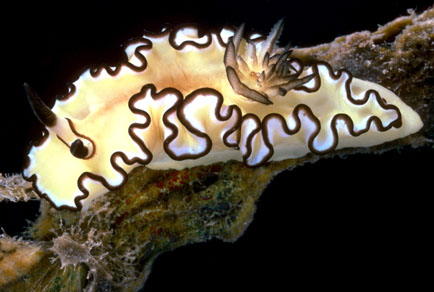Abstract
New feeding information on 108 species of the sponge-feeding chromodorid nudibranchs is presented, and published information for 63 species re-evaluated. The combined information for 137 species shows a clear pattern of food specificity, at both species and genus levels. New feeding information on the related Actinocyclidae is also presented. Species of Chromodoris and related genera prefer darwinellids; Hypselodoris and its relatives feed on dysideids, and Glossodoris feed exclusively on thorectids. The ‘basal’ genera, Cadlina, Cadlinella are less specialised but both they and species of the anatomically similar family Actinocyclidae seem linked by their common choice of Halisarca. Exceptions to the pattern suggest the genus Chromodoris is polyphyletic. The evolution of feeding in the Chromodorididae is discussed, and the patterns of food specificity are shown to strongly support prevailing hypotheses on chromodorid evolution. Recent taxonomic studies within the sponge orders Dictyoceratida and Dendroceratida have been essential to this study, enabling the re-identification of many of the food sponges, and the use of marker secondary metabolites in both the nudibranchs and their sponge prey.

